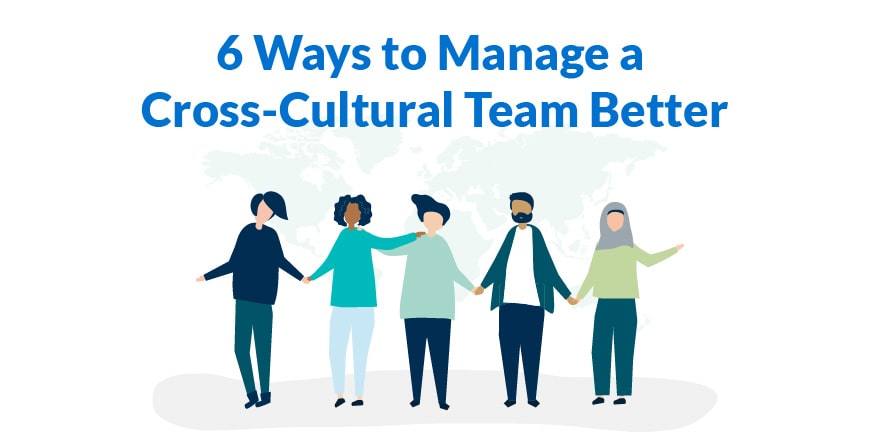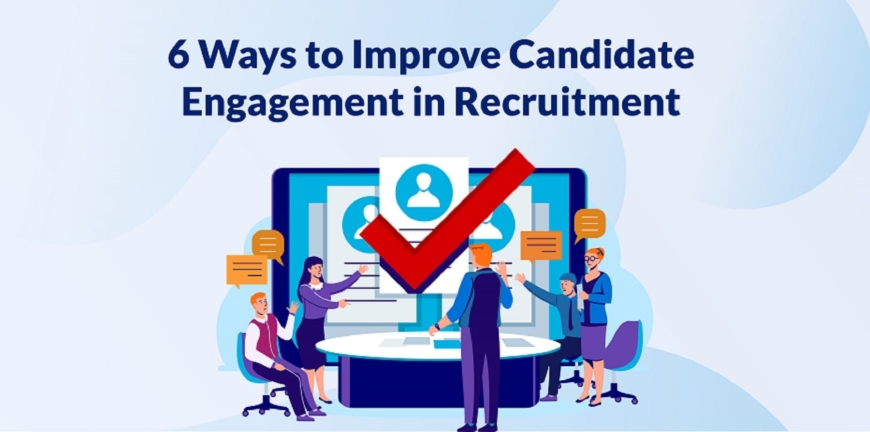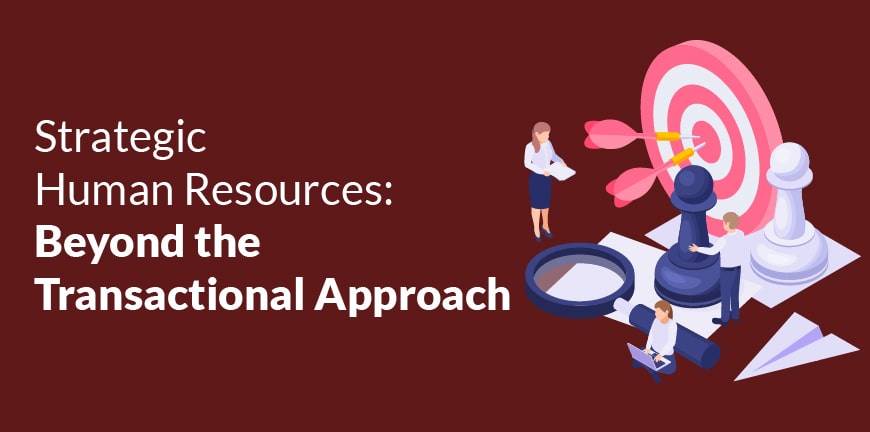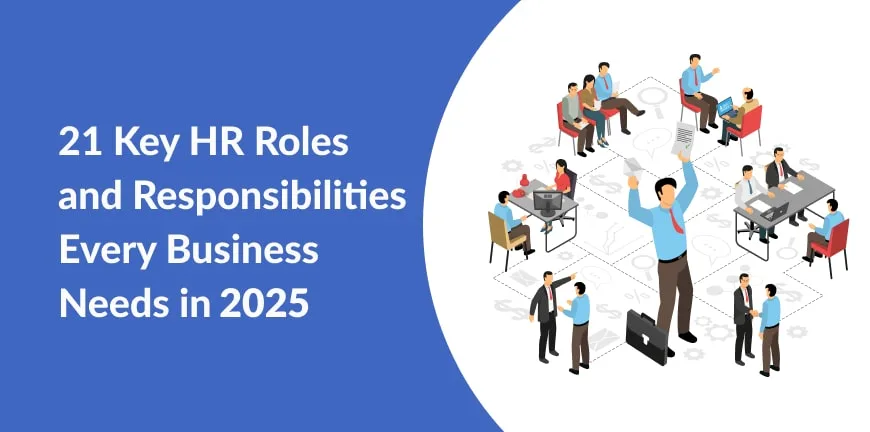
6 Ways to Manage Multicultural / Cross-Cultural Team
07/11/2023
6 Ways to Improve Candidate Engagement in Recruitment
16/11/2023Heard of the famous Shakespearean saying, “what’s in a name?” It is one of the questions that most business leaders ask themselves and ponder upon often. And rightfully so. Whether you are a brand or are in the service line, the names you choose carry meaning and brings value. It is important to be careful before you pick the name that represents you.
In the HR (Human Resources) world, you can either be named transactional or become a “people and culture” person. It indicates where you are headed as a company. Wondering whether this change really matters or is it worth the effort? The short answer, yes, it does! For the long answer read on!
Why Should HR Change its Approach?
For most businesses there seems to be a disconnect between their goals, strategies and how the HR works. This is one of the main reasons why most employers have started to focus on changing their HR practices and converting them into being more people centric. HR is a significant part of any business, but sadly, most businesses fail to view them as a deeply integrated, core function of business operations.
Think about it! An HR’s organizational output is huge if you consider all the tasks, they are responsible for in an organization-
- Recruiting, onboarding, and training
- Benefits and compensation
- Talent and skill development
- Performance management
- Employee engagement and retention
- Employer branding
- Rewards and recognition
- Compliance and workplace safety
- Health and well-being
- Succession planning
- Employment policy development
Every business tries to interact with HR in a way that adds to their satisfaction, safety, and success. Despite this, often, the HR teams do not align with the organizational goals as expected, resulting in material losses. When HR teams do not understand what makes for a better employee experience, they fail in creating programs that can support or retain talent.
What are the Drawbacks of a Transactional HR?
Employees can see and feel it when the HR’s approach and programs are falling short on conveying the mindset of company’s leadership. For example, you are in a company that is deeply invested in innovation but does not understand that their focus also needs to be employee upskilling if they are looking to succeed in their innovations. While your mission maybe right, when you do not invest in employee training and upskilling, employees can recognize that your commitment is shallow and is superficial. This pushes employees to look elsewhere, hurting the workforce department in the long run.
If an HR team must be effective at recruiting, performance management or retention they need to have a strong understanding of corporate governance and strategy required to meet the goals of the organization.
It is easy to say employees are our greatest assets but do businesses truly understand the inside picture of the work people are doing? Does the HR department know how to align its programs to enrich employee experience? If the answers are no, then the HR risks becoming an out of touch department with no strategic guidance to help positively impact business success.
What is Strategic HR Management?
Strategic HR management is the process of identifying how HR can assist the organization in achieving the vision, mission, and values of the organization.
Strategic HR is proactive, should be measurable, and must contribute to improving the bottom line of the organization if we are to engage the policy makers who help set the direction of our municipal organization. HR must understand the business needs of the organization. This goes beyond completing paperwork associated with orientations, open enrolment, and filling open positions. The department’s goals and objectives must be linked to overall business strategy.
What are the Benefits of Transitioning to a Strategic HR Approach?
If your HR department only focuses on transactional processes like benefits management and payroll, then you are missing a slew of strategic HR benefits like:
- Increased worker productivity
- Higher employee engagement
- Increased profits
- Higher employee retention
How can the HR move Beyond the Transactional Approach?
We spoke about the name change of HR initially in the article. But you must understand that the transition from a transactional mindset to a strategic approach is more than just a name change.
Some of the steps that can help HR transition successfully are-
Deep understanding of the business
If you want to be a strategic leader, you must know your company inside out, right from the business model, industry standards, their competitors etc. This will help identify HR initiatives that can make a positive impact to the business. As an HR you need to be proactive, be social and engage with leaders to gain insights into the challenges and goals of the organization.
Prioritise data while making decisions
Data is king. Utilize HR analytics to gather insights on workforce trends, employee engagement, and performance metrics. By harnessing data, you can make informed decisions and recommend strategies that align with the organization’s objectives.
Surveys, focus groups, town halls and individual listening sessions are integral to stay attuned to the business and the workforce. The data collected can not only be used to fine-tune the many programs and tools of the people and culture team but also provide strategic guidance to managers and leaders helping them cultivate a strong, connected workforce.
Focus on talent development
Employees are your assets. And you need to develop and protect them if you are hoping for optimum results. From creating career pathways, offering continuous learning opportunities, and aligning employees’ personal goals with organizational goals, a strategic HR must focus on developing the right strategies that can help attract, retain, and develop talent.
Refine your EVP (Employee Value Proposition)
Every employee derives a sense of satisfaction from knowing that the work they are doing has purpose and adds value to the bigger picture of an organization’s goals. They want an employee value proposition.
A strong people and culture organization must help businesses define that big “why” and build an authentic EVP that attracts and retains talent. This is a critical component of moving towards a people and culture centric approach and one that will help sustain the talent required to drive growth.
Make the onboarding process a priority
Critical for talent retention, onboarding helps reinforce cultural values from Day 1. A strong onboarding process not only helps in elevating your role as a strategic partner but will also help gain a deeper understanding of the kinds of communications and training programs required to make new hires feel valued from the start.
Strategic HR: A Catalyst for Organizational Success
By taking a proactive and forward-thinking approach, HR can play a pivotal role in driving business success, fostering innovation, and ensuring that the workforce is equipped to meet the challenges of tomorrow. This evolution in HR’s role reflects a broader understanding of the value of human capital and the realization that, in the modern business world, people are a company’s most valuable asset.
Contact Us For Business Enquiry

Rajkumar Shanmugam
Rajkumar Shanmugam is the Head of HR at ALP Consulting, bringing over 19 years of comprehensive HR leadership experience across India and international markets. His expertise spans talent acquisition, employee relations, performance management, compliance, and HR transformation. Rajkumar has a proven track record of driving people-centric initiatives, enhancing workplace culture, and aligning HR strategy with business goals. With extensive experience in US staffing operations and global mobility, he continues to lead organizational excellence through innovation and employee engagement.




